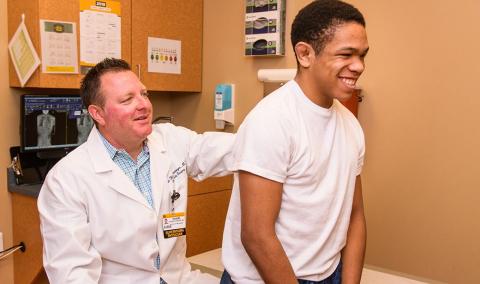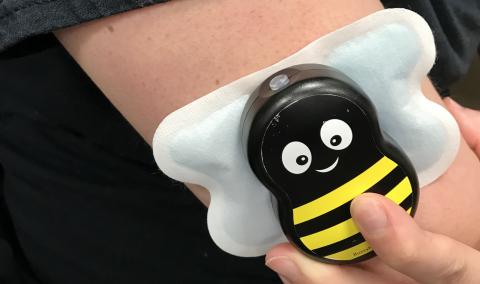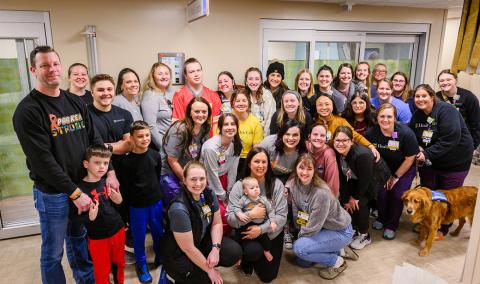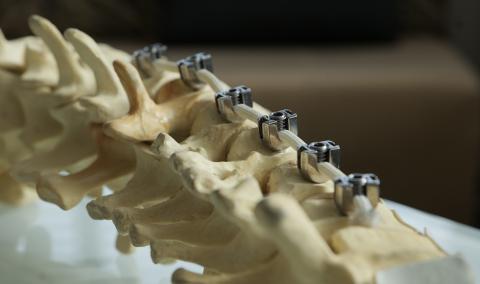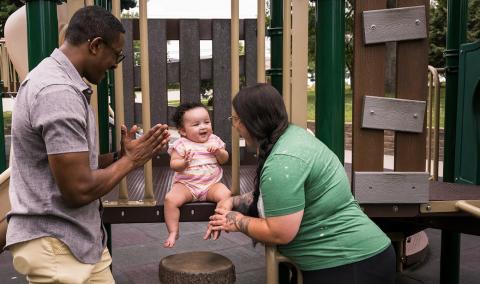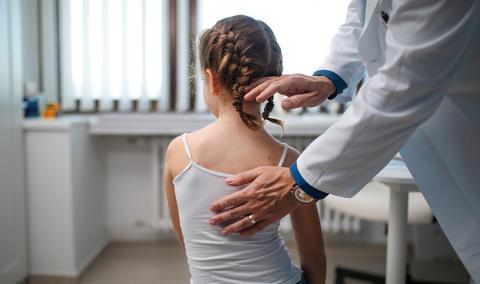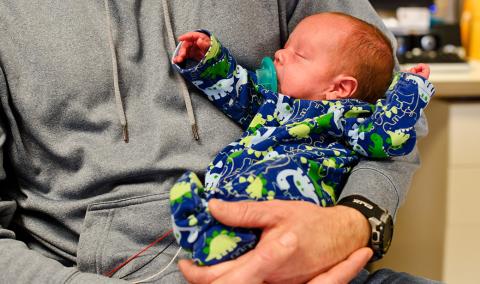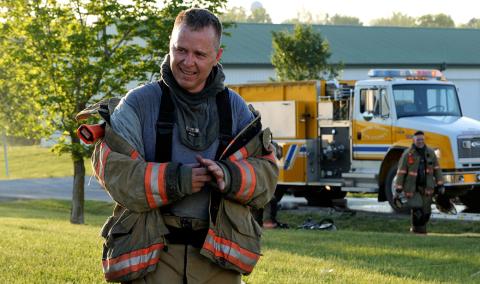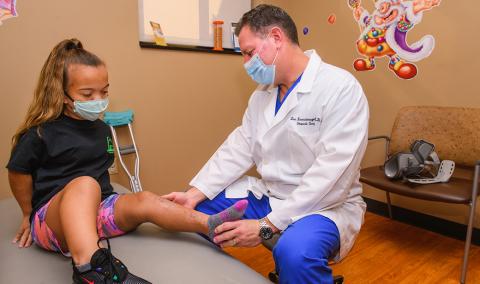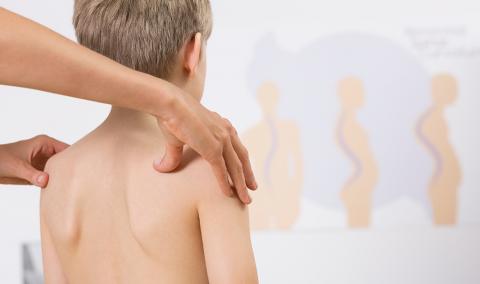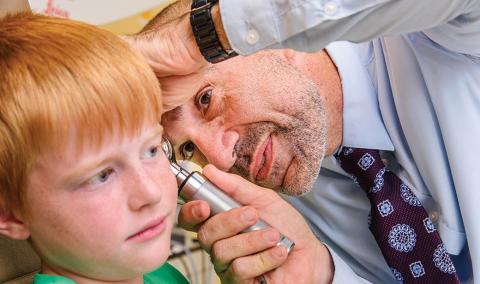Cartilage-hair hypoplasia — otherwise known as Metaphyseal chondrodysplasia, McKusick type — is a disproportionate form of dwarfism that affects an estimated 1 in 200,000 live births. Despite its name, cartilage-hair hypoplasia (CHH) affects many body systems, particularly the immune system. Treatment of symptoms may include monitoring and surgery performed by doctors who specialize in skeletal dysplasia.
If you have a child with cartilage-hair hypoplasia, you want him or her to receive comprehensive care from a team of experts. At University of Missouri Health Care, we are the region's experts in treating skeletal dysplasia diseases. We are actively involved with national research for treatments, and the leader of our team, Daniel Hoernschemeyer, MD, sits on the medical advisory board of the Little People of America so he can be actively involved with the issues affecting the health of skeletal dysplasia patients.
Cartilage-hair hypoplasia CHARACTERISTICS
Common features include fine hair that may be thin or scarce, loose joints and scoliosis. Other orthopaedic characteristics include bowed legs, shortened long tubular bones, disproportionately long fibulas and shortened ribs. Other common issues include immune system disorders, anemia and skin cancers. Males with CHH can expect to reach a height of 3-foot-7 to 4-11, and females reach average heights of 3-5 to 4-6.
Cartilage-hair hypoplasia DIAGNOSIS AND TREATMENT
CHH is the result of mutations in the RMRP gene and may be detected using radiological techniques, physical exams and genetic testing. Scoliosis affects about 20 percent of CHH patients and should be monitored, but it generally doesn’t require bracing or surgery. If loose joints interfere with everyday activities, modified tools may be helpful. Bowed legs or knock-knees should be monitored and might need to be corrected with surgery if they cause pain during physical activity or walking.
Immune system dysfunction affects 95 percent of people with CHH and increases the risk of infections, including pneumonia, as well as autoimmune disorders such as inflammation, anemia and thyroid disease. Depending on the severity of anemia, patients might need routine blood transfusions. People with CHH are at a higher risk of developing skin cancer, particularly non-Hodgkin’s lymphoma, basal cell carcinoma and squamous cell carcinoma. Primary care provider should begin annual skin checks beginning in adolescence, and care should be taken to avoid unnecessary exposure to the sun.
RESOURCES FOR FAMILIES
Related Conditions & Treatments
- Adolescent Medicine
- Chest Wall Deformities
- Down Syndrome
- Emergency Care for Kids
- Gastrostomy and Feeding Access Program
- Hyperbaric Oxygen Therapy
- Juvenile Diabetes
- Neonatology
- Pediatric Anesthesiology
- Pediatric Cancer
- Pectus Carinatum
- Pectus Excavatum
- Pediatric Cardiology
- Pediatric Dermatology
- Pediatric Development and Behavior
- Pediatric ENT (Ear, Nose and Throat)
- Pediatric Epilepsy
- Pediatric Eye Care
- Pediatric Gastroenterology
- Pediatric Infectious Diseases
- Pediatric Inpatient Rehabilitation
- Pediatric Nephrology
- Pediatric Neurology
- Pediatric Neurosurgery
- Pediatric Orthopaedics
- Pediatric Plastic Surgery
- Pediatric Primary Care
- Pediatric Psychiatry
- Pediatric Pulmonary Medicine
- Pediatric Sleep Medicine
- Pediatric Surgery Services
- Pediatric Surgical Services
- Pediatric Urology
- Pediatric Vascular Anomalies
- Pediatric Weight Management
- Sickle Cell Disease
- Aerodigestive Program




